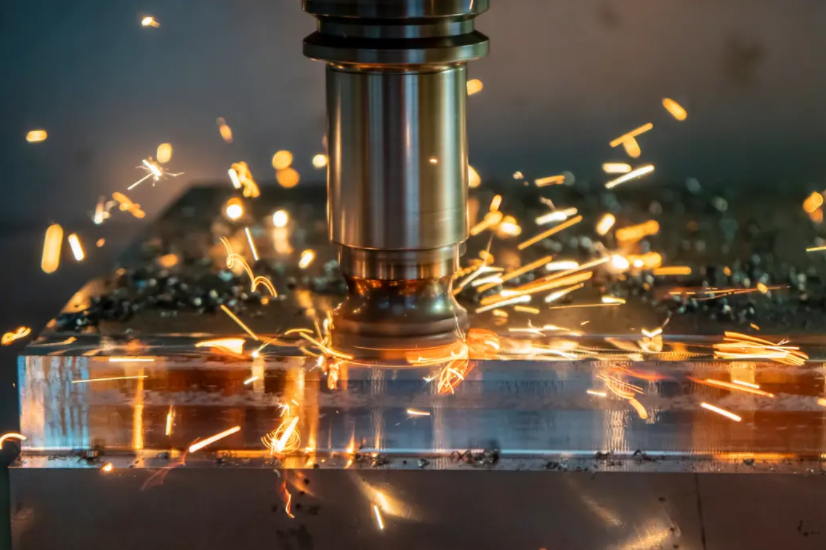Die casting is a manufacturing process that involves injecting molten metal into a mold, also known as a die, to produce complex and high-quality metal parts. The tooling used in die casting plays a crucial role in ensuring the success of the process. This article will delve into the basics of die cast tooling, including its components, design considerations, and maintenance.
Components of Die Cast Tooling
Die cast tooling consists of two main components: the die and the mold. The die is typically made of a hardened steel alloy and is composed of two halves, the fixed half (also known as the cover die) and the moving half (also known as the ejector die). The mold, on the other hand, is made of a high-temperature material such as steel or ceramic and is used to create the desired shape of the part being produced.
Design Considerations
When designing die cast tooling, several factors need to be taken into consideration to ensure the successful production of high-quality parts. These include:
1. Part Geometry: The geometry of the part being produced determines the shape and complexity of the die and mold. Factors such as draft angles, undercuts, and wall thickness must be carefully considered to avoid defects and ensure proper casting.
2. Venting: Proper venting is essential in die cast tooling to allow for the escape of gases during the injection process. Insufficient venting can result in trapped gases, leading to porosity and defects in the final part.
3. Cooling: Efficient cooling is crucial to maintain the structural integrity of the die and mold and to ensure consistent part quality. Cooling channels are incorporated into the design to remove heat from the molten metal and solidify it quickly.
4. Ejection: The design of the ejector system is important to facilitate the removal of the part from the die. The ejection pins and slides must be carefully positioned to prevent part deformation or damage during ejection.
Maintenance
Regular maintenance of die cast tooling is essential to prolong its lifespan and ensure consistent part quality. Some key maintenance practices include:
1. Cleaning: The die and mold should be regularly cleaned to remove any residual build-up, such as oil, coolant, or release agent. This helps to prevent contamination and ensures smooth operation during the casting process.
2. Lubrication: Proper lubrication of the moving parts of the die is necessary to reduce friction and wear. This can be achieved by applying a thin layer of die lubricant or using a lubrication system.
3. Inspection: Regular inspection of the die and mold is important to identify any signs of wear, damage, or misalignment. Any issues should be addressed promptly to prevent further damage and ensure optimal performance.
4. Repair and Replacement: Inevitably, die cast tooling will require repair or replacement over time. It is important to work with experienced toolmakers who can accurately assess the condition of the tooling and perform necessary repairs or modifications.

Conclusion
Die cast tooling is an essential aspect of the die casting process, playing a significant role in producing high-quality metal parts. Understanding the components, design considerations, and maintenance practices of die cast tooling is crucial for manufacturers looking to optimize their die casting operations. By adhering to best practices and working with experienced toolmakers, manufacturers can ensure the longevity and efficiency of their die cast tooling.
-

- سبائك المغنيسيوم Thixomolding السلطة الخليط الإسكان
-

- دراجة رياضية للأطفال ذات جودة عالية
-

- سبائك المغنيسيوم thixomolding يموت الصب أجزاء الطائرات بدون طيار
-

- مصنع مخصص الصين Bmx دورات الطريق الرياضة الاطفال دراجة 12 16 18 20 بوصة دورة MTB للأطفال 6-10 سنوات
-

- Customized die-casting parts&components
-

- أجزاء ومكونات المغنيسيوم Thixomolding اللوحة الوسطى للهاتف المحمول

 0086-750-5616188
0086-750-5616188 +86 13392089688
+86 13392089688 sales@zhongmei-tech.com
sales@zhongmei-tech.com







